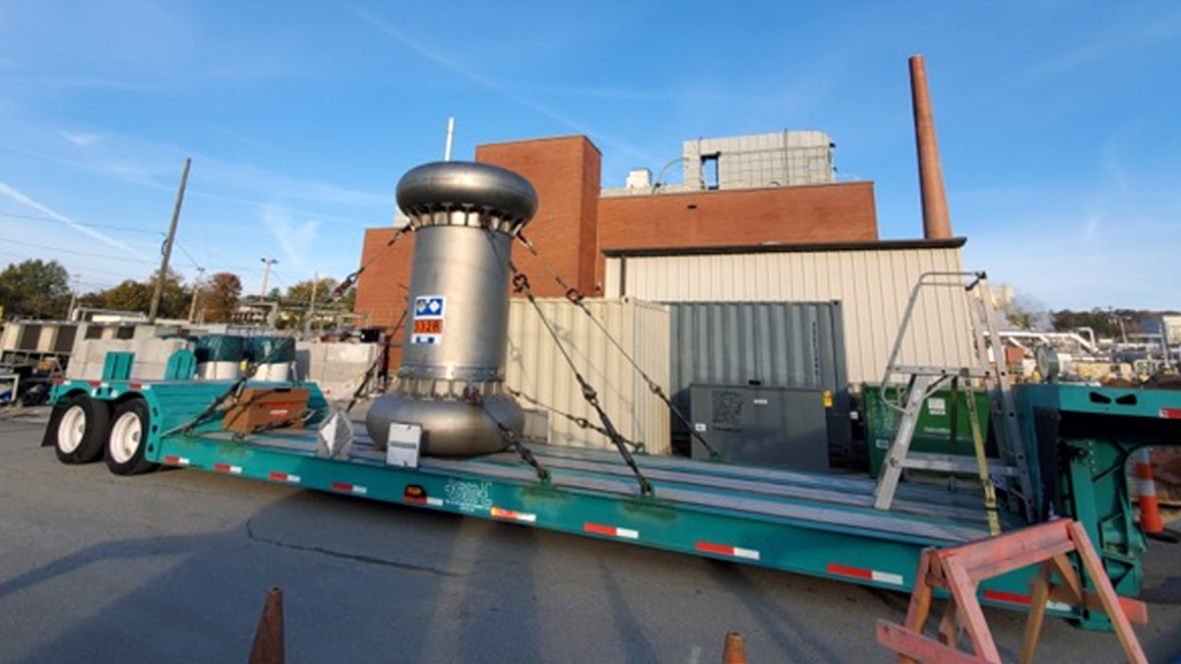Kairos Power test reactor comes to repurposed Oak Ridge site
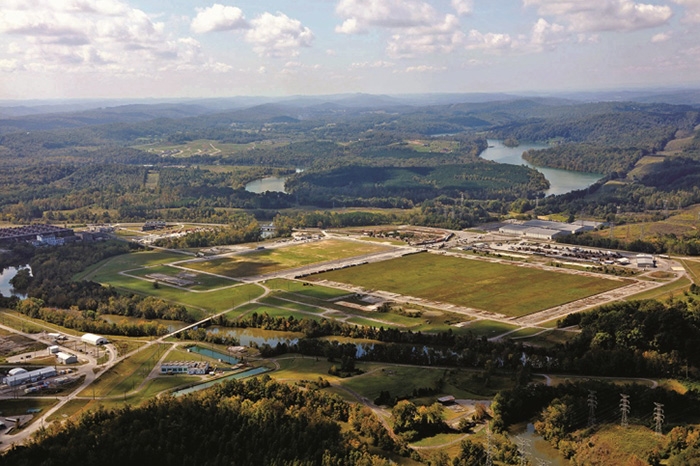
An aerial view of the ETTP site. Photo: Heritage Center, LLC
Kairos Power plans to site a test reactor it has dubbed Hermes at the East Tennessee Technology Park (ETTP) in Oak Ridge, Tenn. The company has executed a Memorandum of Understanding with Heritage Center, LLC, to acquire the former K-33 gaseous diffusion plant site at ETTP, subject to ongoing due diligence evaluations. The announcement was made today, during the 2020 East Tennessee Economic Council Annual Meeting and Awards Celebration.
“We are thrilled at the prospect of coming to East Tennessee,” said Michael Laufer, cofounder and chief executive officer of Kairos Power. “The infrastructure available at ETTP, combined with its proximity to key collaborators at the Oak Ridge National Laboratory, makes this a great location to demonstrate our technology. The successful commissioning of Hermes builds on our current technology development programs and extensive engagement with the U.S. Nuclear Regulatory Commission. Ultimately, Hermes will prove that Kairos Power can deliver real systems at our cost targets to make advanced nuclear a competitive source of clean energy in the United States.”
Lou Martinez, vice president of strategy and innovation, added, “Today is an important day for Kairos Power. We are celebrating our 4th anniversary by showcasing an important milestone.”




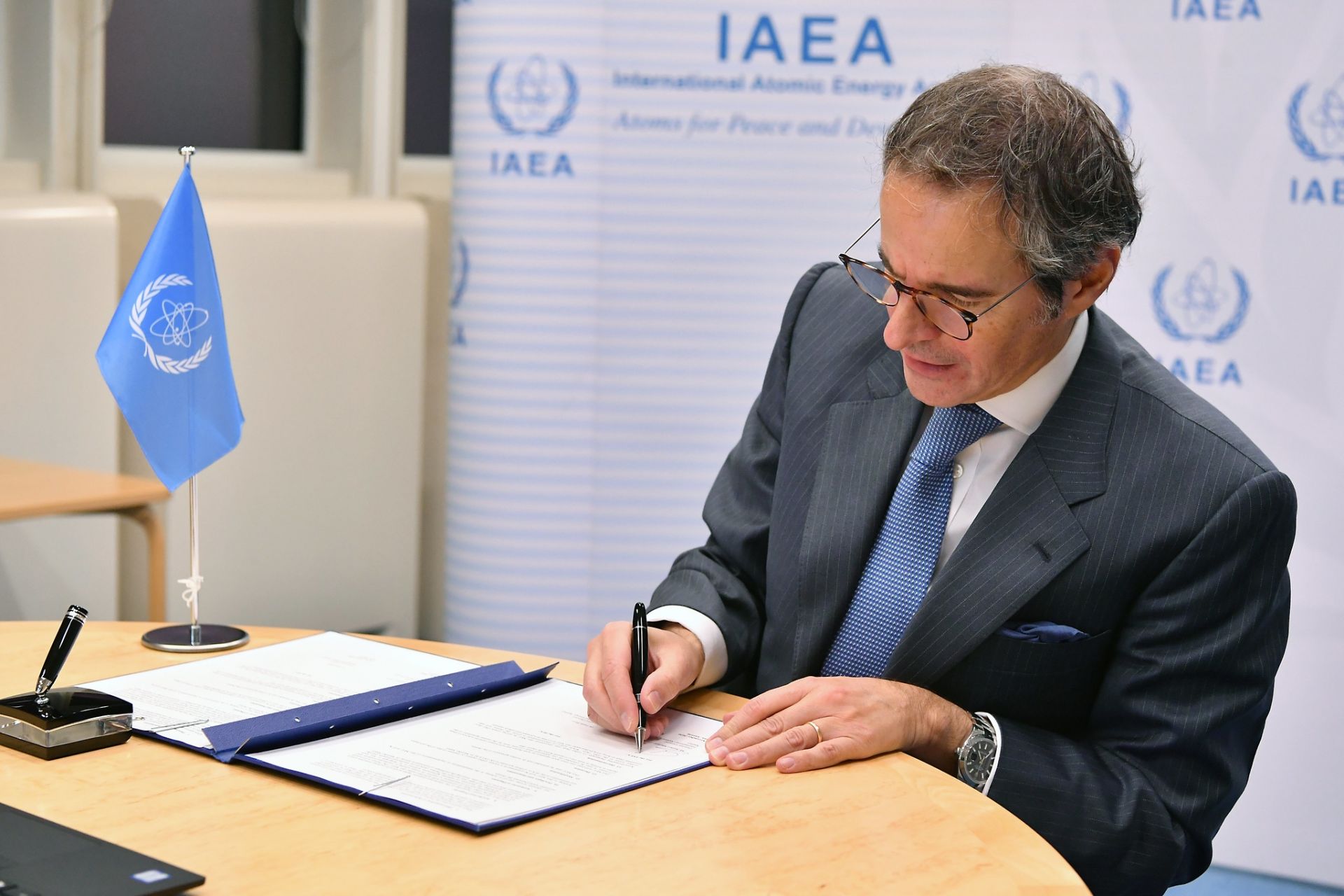
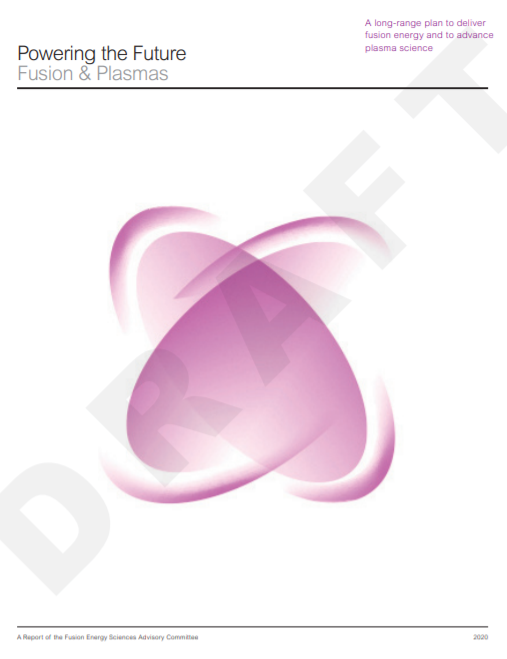 The Fusion Energy Science Advisory Committee (FESAC), which is responsible for advising the Department of Energy’s Office of Science, on December 4 published the first public draft of
The Fusion Energy Science Advisory Committee (FESAC), which is responsible for advising the Department of Energy’s Office of Science, on December 4 published the first public draft of 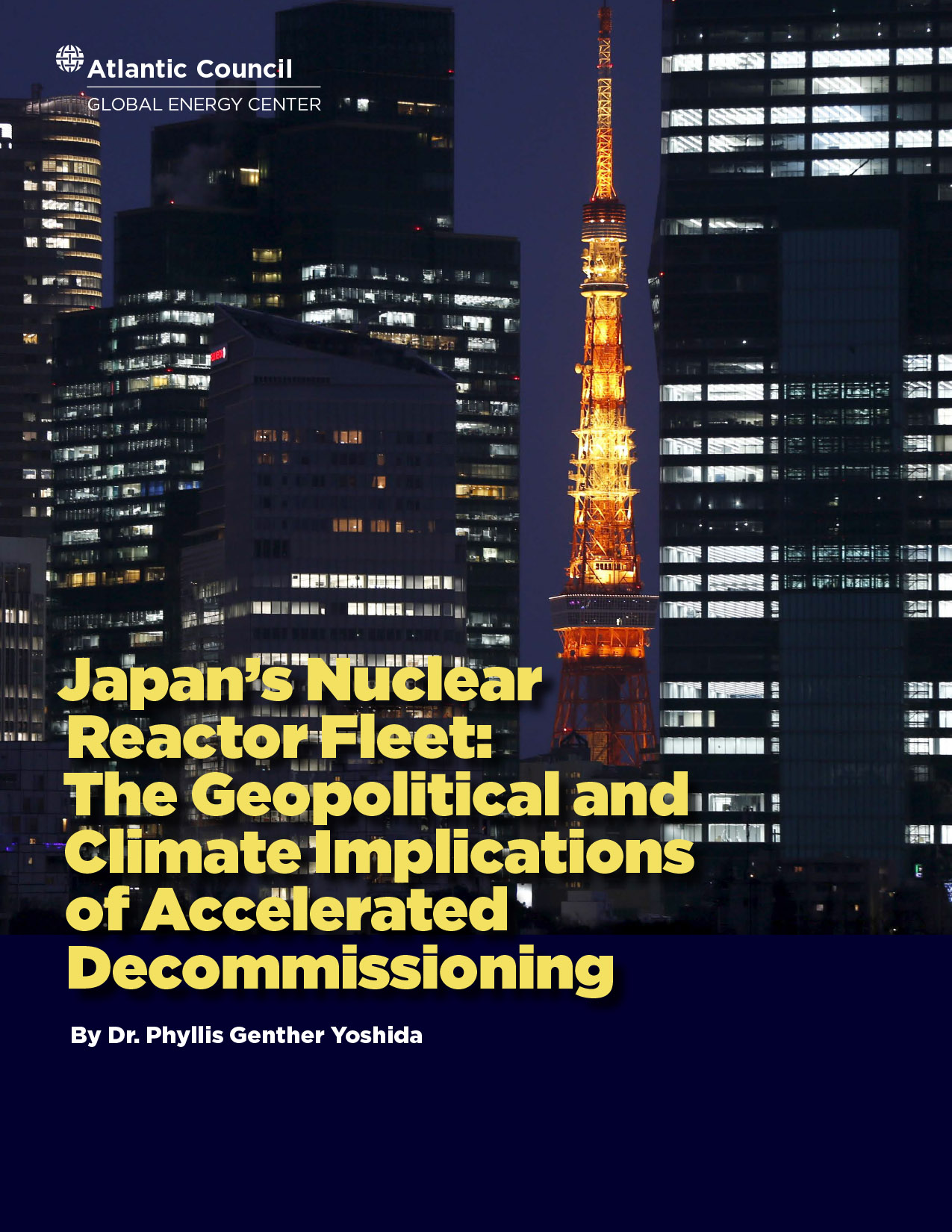 The Atlantic Council’s Global Energy Center has issued a report,
The Atlantic Council’s Global Energy Center has issued a report, 